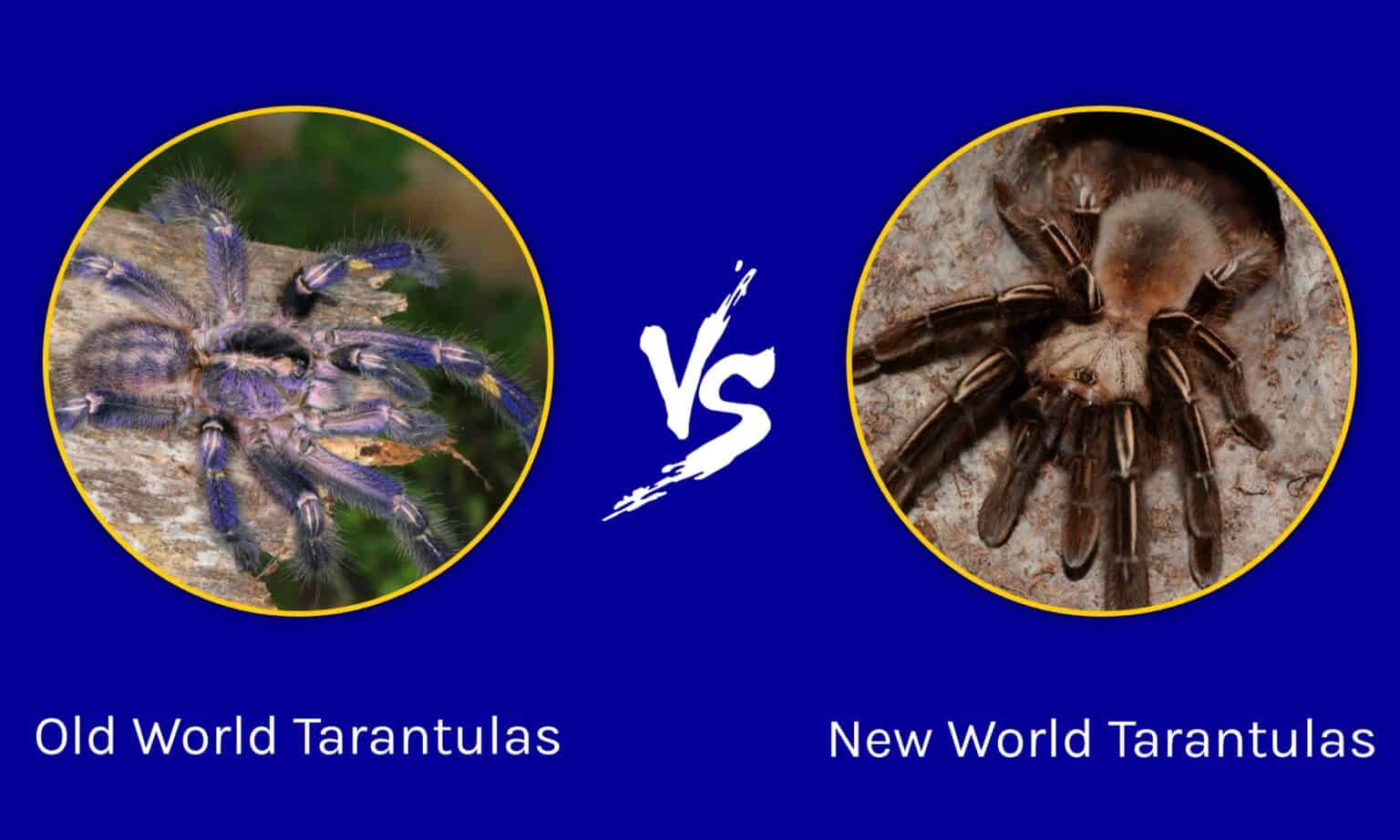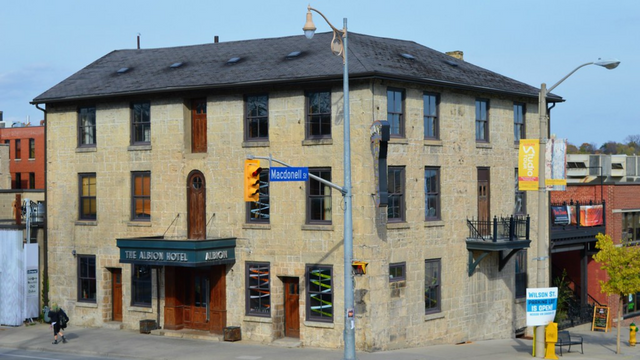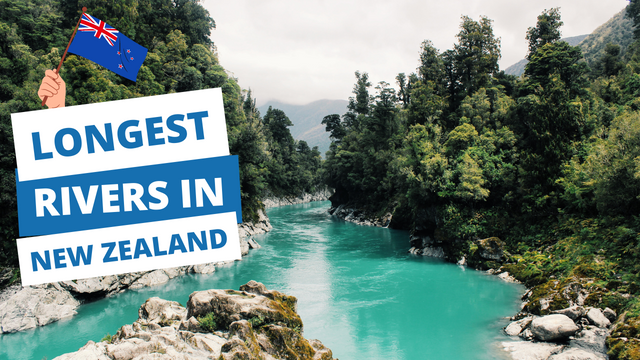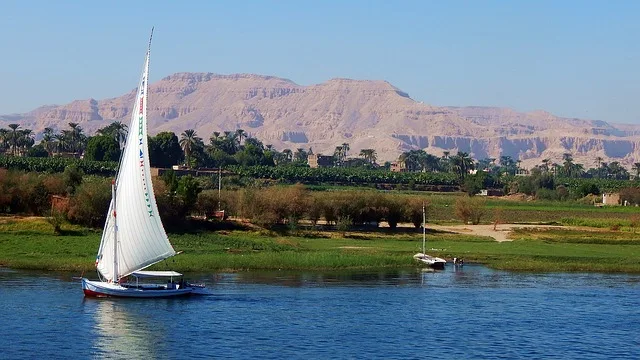Canada, the second-largest country in the world by land area, is renowned for its breathtaking landscapes, diverse culture, and vast wilderness. With its expansive terrain, the country is divided into 13 provinces and territories, each offering its unique charm and attractions.
In this article, we delve into the ten largest provinces in Canada, ranked by their land area, and explore the beauty and diversity that make each of them exceptional.
1. Quebec

Covering an area of approximately 1,542,056 square kilometers, Quebec stands as the largest province in Canada. Renowned for its historic cities, vibrant culture, and stunning natural beauty, Quebec is a treasure trove of experiences.
The bustling metropolis of Montreal, with its rich history and lively arts scene, contrasts beautifully with the old-world charm of Quebec City. The province also boasts the magnificent Laurentian Mountains, providing opportunities for outdoor enthusiasts to indulge in skiing, hiking, and other recreational activities.
2. Ontario

Ontario, the most populous province in Canada, covers around 1,076,395 square kilometers. Its diverse landscapes range from the urban sprawl of Toronto, the country’s largest city, to the serene beauty of the Great Lakes.
Ontario is also home to the iconic Niagara Falls, a natural wonder that draws visitors from around the world. With a mix of cultural attractions, natural wonders, and thriving cities, Ontario offers something for everyone.
3. British Columbia

Encompassing about 944,735 square kilometers, British Columbia is celebrated for its stunning Pacific coastline, dense rainforests, and towering mountains. The city of Vancouver, with its modern architecture and diverse population, provides a unique blend of urban and natural experiences.
It is the third largest province’s in the Canada. The province also boasts world-class ski resorts, picturesque islands, and the renowned Whistler Blackcomb ski area, making it a paradise for outdoor enthusiasts.
4. Alberta

Alberta, covering approximately 661,848 square kilometers, is known for its majestic Rocky Mountains, expansive prairies, and vibrant cities. The city of Calgary hosts the Calgary Stampede, a world-famous rodeo and exhibition.
While Edmonton offers a rich cultural scene and the largest shopping mall in North America. Alberta’s Banff and Jasper National Parks showcase the breathtaking beauty of the Rockies, attracting tourists and nature lovers alike.
5. Saskatchewan

With an area of around 651,036 square kilometers, Saskatchewan is characterized by its vast grasslands, fertile farmlands, and numerous lakes. Regina, the capital, and Saskatoon, the largest city, offer a glimpse into the province’s cultural heritage.
The stark beauty of the Canadian prairies is on full display here, and visitors can explore unique geological formations like the Big Muddy Badlands. It is one of the beautiful province’s in this country.
6. Manitoba

Encompassing approximately 647,797 square kilometers, Manitoba is known for its diverse landscapes, including extensive forests, serene lakes, and fertile plains. The city of Winnipeg, with its rich Indigenous history and vibrant arts scene, serves as the province’s cultural hub.
Manitoba is the 6th largest province’s in this country. Visitors can also explore the beauty of Riding Mountain National Park or observe polar bears in their natural habitat in Churchill.
7. Newfoundland and Labrador

With an area of approximately 405,212 square kilometers, this province is characterized by its rugged coastline, historic sites, and unique culture. St. John’s, the capital, is known for its colorful row houses and vibrant arts scene.
Newfoundland and Labrador are also home to Gros Morne National Park, a UNESCO World Heritage Site that showcases stunning fjords, mountains, and geological wonders.
8. New Brunswick

New Brunswick, encompassing approximately 72,908 square kilometers, completes our list. This province boasts a stunning coastline along the Bay of Fundy, famous for having the highest tides in the world. The culturally rich city of Fredericton, along with the historic port city of Saint John, adds to the province’s charm.
The natural beauty of New Brunswick is exemplified by Kouchibouguac National Park, offering sandy beaches, salt marshes, and diverse wildlife. New Brunswick is the 8th largest province in Canada.
9. Nova Scotia

With an area of around 55,284 square kilometers, Nova Scotia, meaning “New Scotland,” is a maritime province known for its rugged coastline, historic sites, and vibrant culture. Halifax, its capital, combines modern urban life with a rich maritime heritage.
The Cabot Trail winds along dramatic cliffs and offers breathtaking views, while Peggy’s Cove lighthouse stands as an iconic coastal landmark. Nova Scotia’s charm lies in its fishing villages, Gaelic traditions, and a deep connection to the sea.
10. Prince Edward Island

Covering about 5,660 square kilometers, Prince Edward Island (PEI) is Canada’s smallest province. Known for its rolling landscapes, red sandy beaches, and Anne of Green Gables heritage, PEI exudes a quaint and picturesque charm.
Charlottetown, the capital, showcases a blend of history and culture, while the Confederation Bridge connects the island to the mainland. PEI’s intimate size, stunning vistas, and agricultural heritage make it a serene escape for those seeking a tranquil coastal experience.
Conclusion
In conclusion, Canada’s vast expanse offers a remarkable tapestry of landscapes, cultures, and experiences within its ten largest provinces. From the bustling cities of Quebec and Ontario to the rugged wilderness of British Columbia and Yukon, each province presents a unique perspective on the country’s diverse beauty. Whether you’re drawn to the urban energy, natural wonders, or cultural heritage, Canada’s provinces have something for everyone to explore and cherish.



